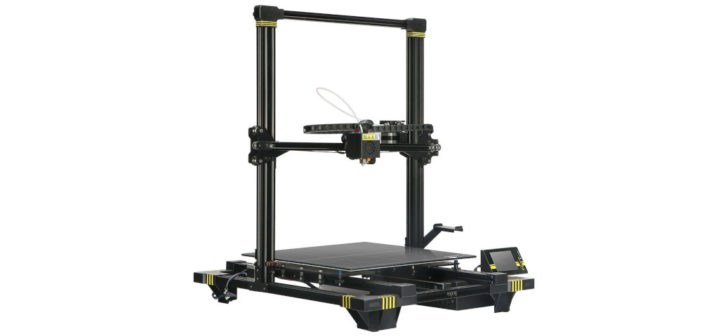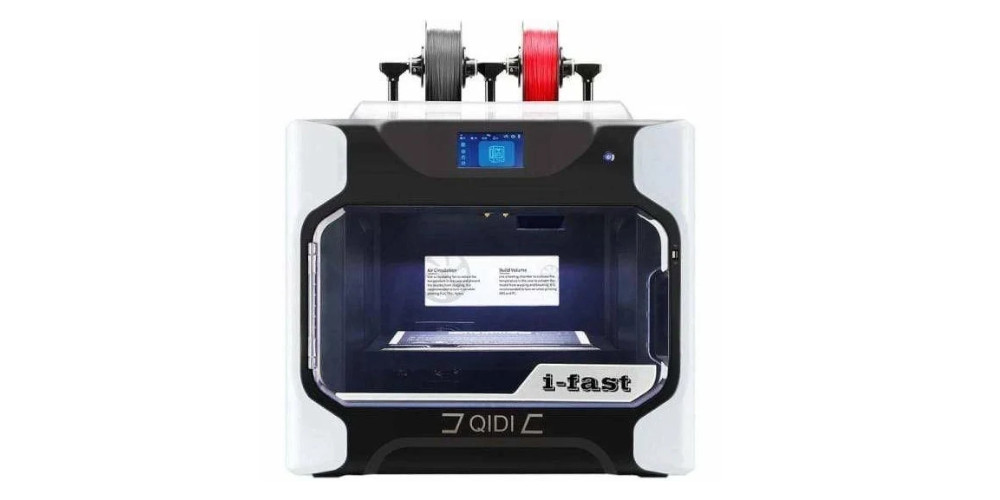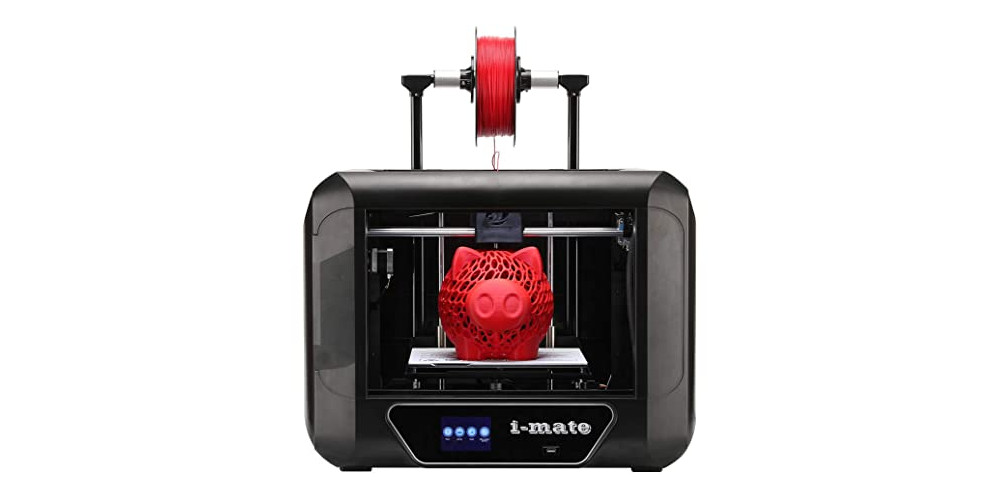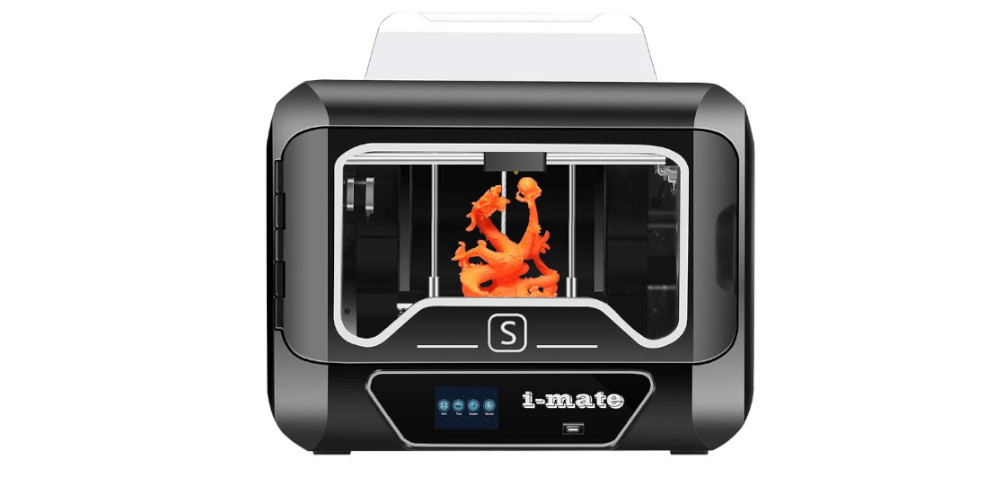There are big 3D printers… and then there’s the Anycubic Chiron. If you’ve ever dreamed of building enormous single-piece models, the Chiron undoubtedly caught you eye with its nigh unmatched build volume. Bigger than the CR-10 or even the Ender 5 Plus, the Chiron dwarfs the competition. Is it too good to be true at around $500, though? Find out in our Anycubic Chiron review.
Anycubic Chiron Review Basics
Let’s start with the Chiron’s jaw-dropping dimensions. The printer itself measures a commanding 25.5” W x 24” D x 28.3” H, so make sure you have enough room on your desk or work bench to store this massive machine. The actual build volume measures an astounding 15.6” W x 15.6” D x 17.7” H. Simply, there are very few printers with a larger build volume.
The quick-heating glass Ultrbase print bed allows you to print in a wide variety of filaments including ABS, PLA, TPU, and PETG. As expected, the Ultrabase coating makes adhering and removing models easier than with most other print beds. Due to the printer’s hulking size, print speeds are predictably slow, around 20-30mm/s, and travel speed maxes out around 60mm/s. Precision remains high, at least, as the Chiron prints in resolutions as high as 50-microns and produces especially good results in ABS and PLA.
Lastly, the Chiron offers both SD and wired USB connectivity options and comes with a touchscreen interface for ease of use. It’s not the best or biggest touchscreen we’ve ever used but it does the job and is a welcome feature for a printer this big and cheap.
Anycubic Chiron Review Pros
Really, Really Big Build Volume
We’ve already mentioned the Chiron’s outrageous build volume but the fact bares repeating. The only printer that comes close to the Chiron’s volume is the CR-10 Max, which costs over twice as much. Considering Anycubic are treading on fairly new territory here, we’re impressed with overall consistency of this printer regardless of model size or shape.
Ultrabase Print Surface
When printing huge projects, it’s important that the model stays securely attached to the build plate during the entire process. Nothing feels worse than getting a large model 75% complete before it inexplicably comes unattached from the base and ruins a print. Thankfully, the Chiron’s generous build plate include’s Anycubic’s own Ultrabase coating, which works better than any glue or tape to make all filaments stick firmly to your print bed. Removing large prints is easy, too, once the build plate cools.
Anycubic Chiron Review Cons
Slow Printing
The Anycubic Chiron’s giant print bed is slow and heavy, resulting in longer print times. In some cases, MUCH longer print times. Compared to the Anycubic Mega S, for example, large prints can take almost twice as long! If printing time is an issue for you, consider a larger delta-style 3D printer or another large printer like the Ender 5 Plus.
Stock Extruder
Installing a direct drive extruder or even just a better bowden extruder is one of the first upgrades users consider making to the Chiron. That’s because the stock extruder is less than ideal for prolonged use. It commonly has trouble feeding filament consistently, struggles with retraction, and even has some loose parts. Yikes. This is a simple but relatively expensive upgrade that brings down the overall value of the printer.
Anycubic Chiron Review Verdict
The Anycubic Chiron goes where few other consumer printers have gone before. It’s impressively large and it is truly capable of exploring the limits of its enormous volume. You want big prints, you got ‘em with the Chiron. Precision isn’t an issue either, nor is mechanical malfunction. The extruder could be better, but all motors, power supplies, heating- and cooling-elements all work well out of the box.
Still, something feels off about the Chiron compared to the rest of the Anycubic lineup. It’s slow and features an inelegant, barebones design. We almost wish this printer cost a bit more upfront for a bit more care in the design and base components.
Should you get the Chiron if you’re craving the BIGGEST 3D printer under $1,000? Absolutely. It delivers the dream it sells, albeit simply. On the other hand, the Chiron fails to separate itself from other large-scale printers, like the CR-10, Ender 5, and many others which often cost much less.







